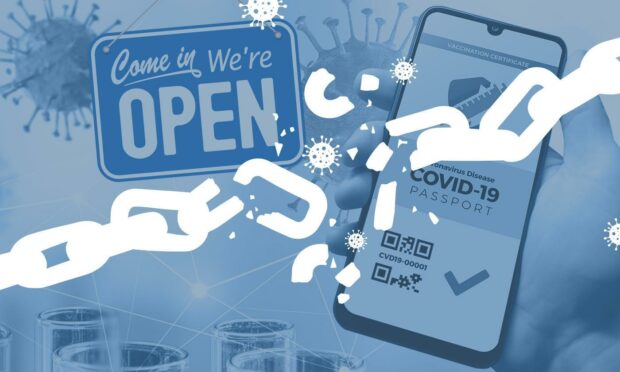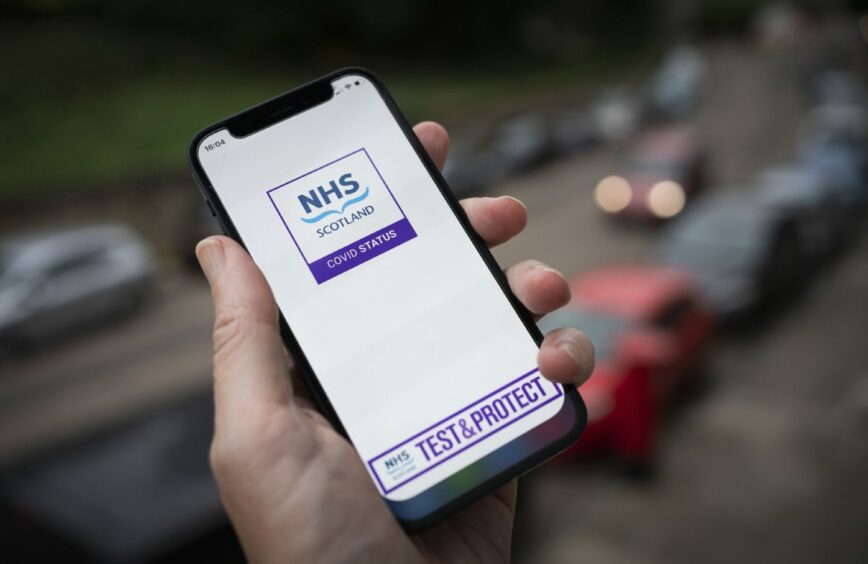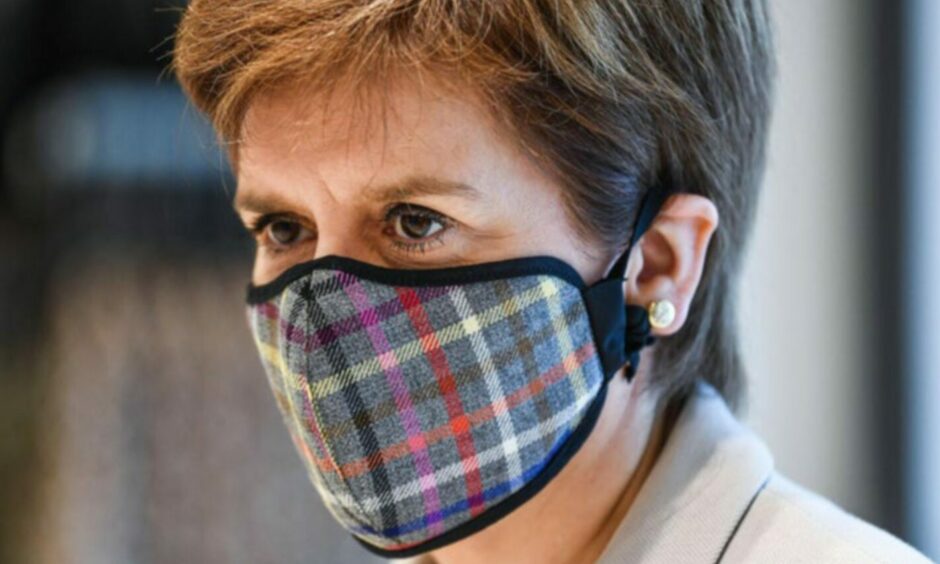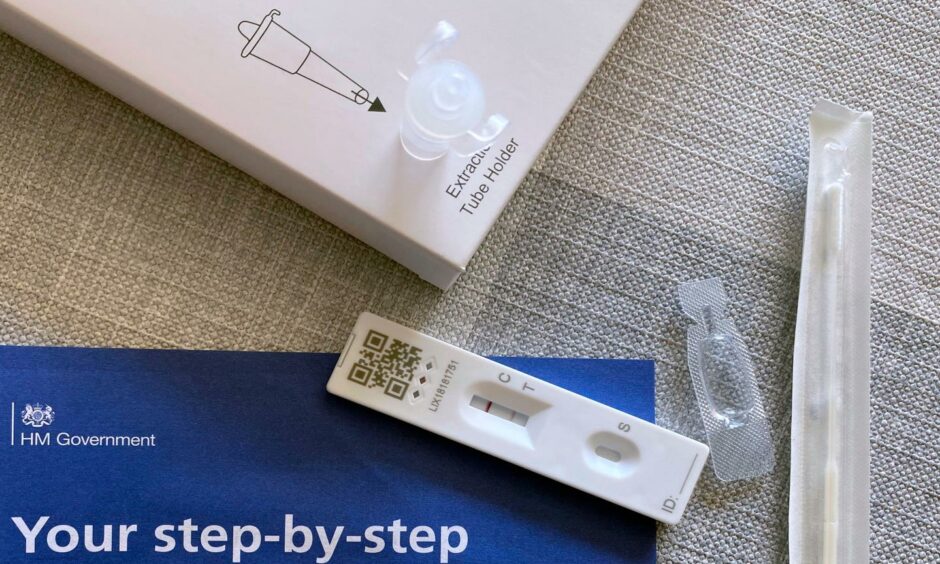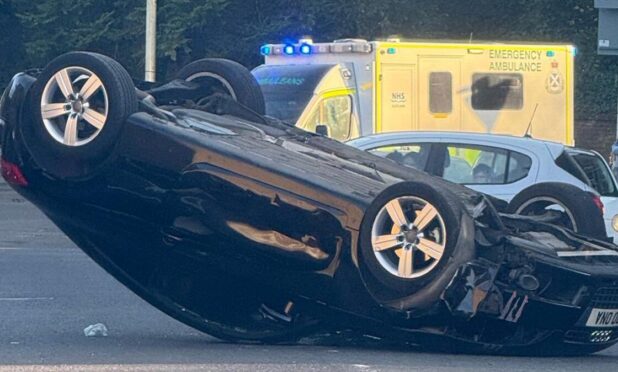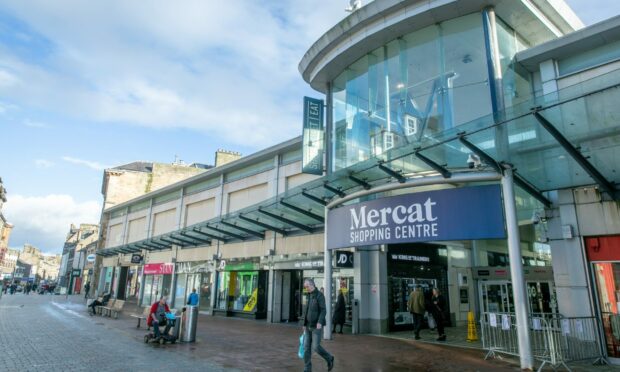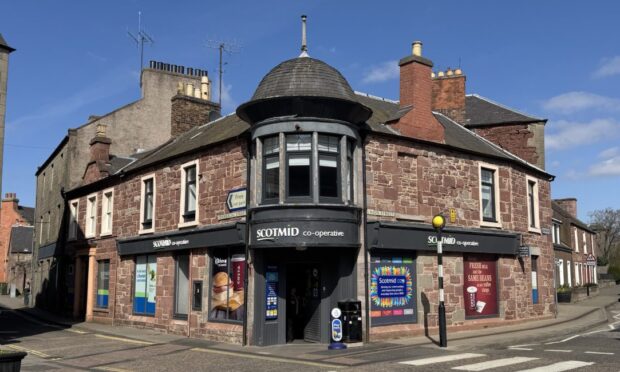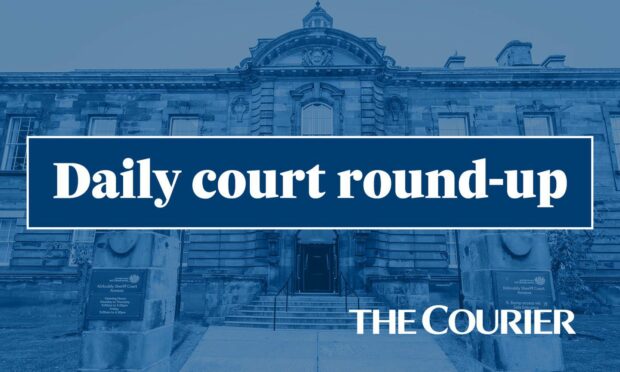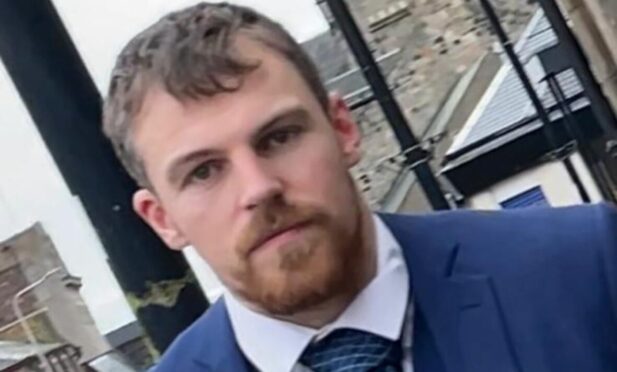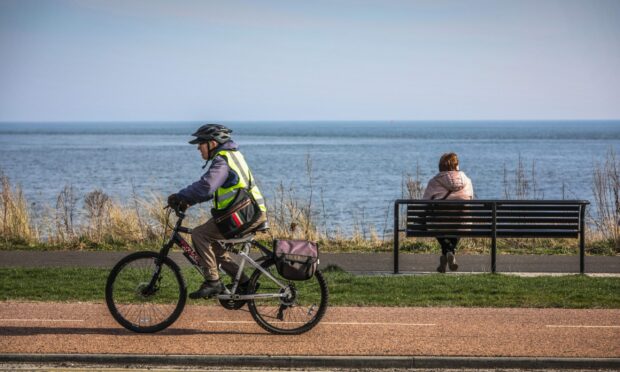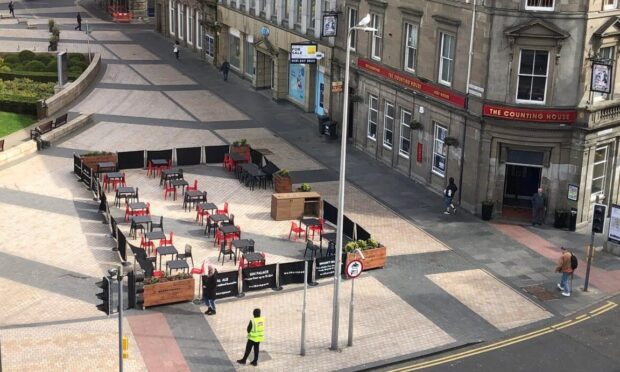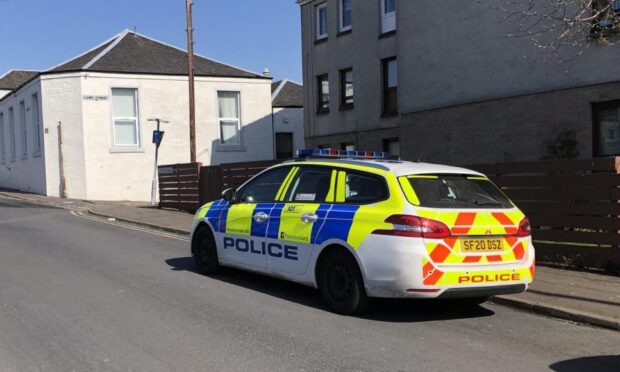Almost all remaining Covid-19 rules have been lifted across the country on Scotland’s ‘freedom day’.
Following the latest Scottish Government update, March 21 heralds the end of many of the rules brought in to curb the spread.
All restrictions except face coverings have been scrapped as the country learns to live with the virus.
However, the use of masks on public transport and indoor public settings will remain for at least two more weeks and reviewed in April.
Here is everything you need to know about Scotland’s so-called ‘freedom day’.
Covid passports no longer required
Scots will no longer need to prove their Covid vaccination status before entering venues.
The NHS Scotland Covid Status app provide vaccinated Scots with a QR code which allowed them access to nightclubs and other high-capacity venues.
The app was introduced at the end of September 2021 and was received poorly following the government roll-out.
Users struggled to access the app at first, with nightclub bosses branding the move “shambolic”.
Track and Trace scrapped
The requirement for businesses to take customers’ contact details, known as track and trace, ended on Monday.
Customers were previously required to scan QR codes to check in at restaurants and bars or fill in forms in case someone at the venue tested positive for coronavirus.
This contact tracing allowed others to be notified if they were at risk of contracting the virus.
The requirement ended on March 21 alongside the NHS track and trace app on mobile phones.
This applies to all venues that currently have contact tracing, not just hospitality businesses.
Those with the virus still need to self-isolate in Scotland.
Face masks remain but use is less strict
Despite initially announcing face coverings would no longer be a legal requirement indoors in public places, Ms Sturgeon now says they will remain in place until a further review in two weeks.
She said keeping the requirement to wear a face covering is “prudent” due to rising case numbers in Scotland.
She defended the move, saying: “Ensuring continued widespread use of face coverings will provide some additional protection – particularly for the most vulnerable – at a time when the risk of infection is very high, and it may help us get over this spike more quickly.”
The First Minister said the government expect the wearing of face masks to “convert to guidance” in early April.
What else has changed?
PCR and lateral flow tests will remain free in all situations where testing has been advised.
Shops, gyms and places of worship will no longer need to have any specific coronavirus mitigations.
Measures such as having separate entrances and exits, one-way systems, hand gel on arrival, floor markings to indicate social distancing, and screens to divide staff and customers at the tills will all be removed.
Despite increasing case rates across all age groups, the rules have been changed because fewer people are becoming seriously unwell with the virus.
